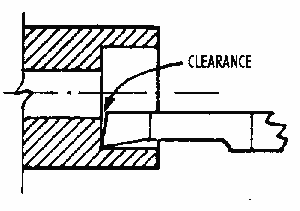- Joined
- Dec 9, 2014
- Messages
- 59
Hello all,
Very simple and basic question here.
I was just wondering what the easiest or most effective way to turn a shoulder or hollow out the end of part to look something like either of the following pictures.
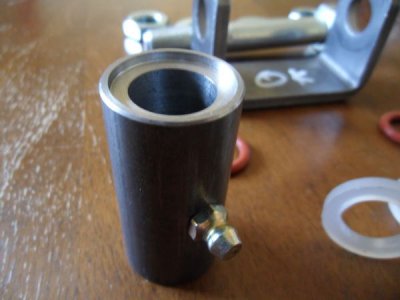
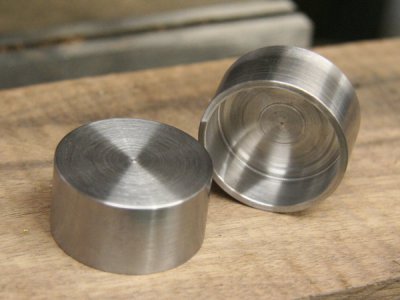
take note, material is either aluminium or mild steel and the maximum OD is 2 inches, so the part is small. The first image has a diameter of .900" on the inside of the shoulder.
thanks, little_sparky
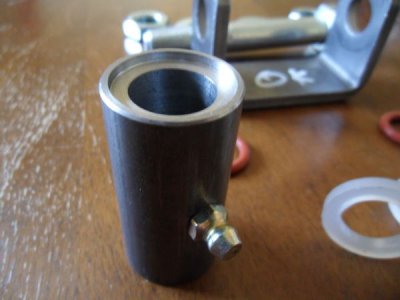
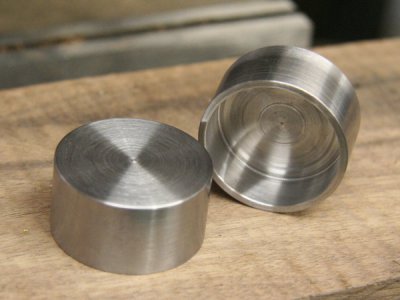
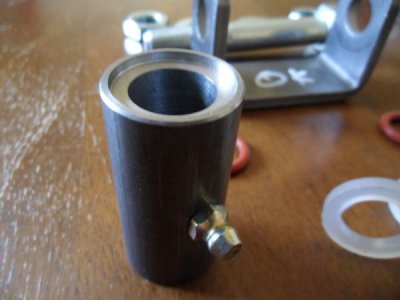
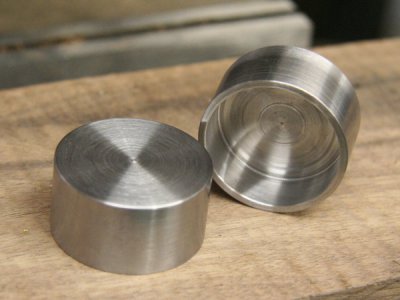
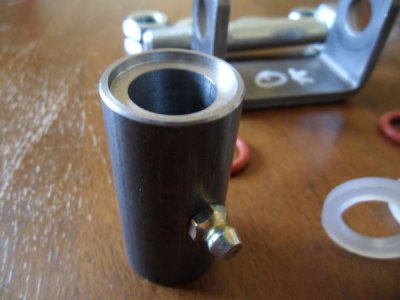
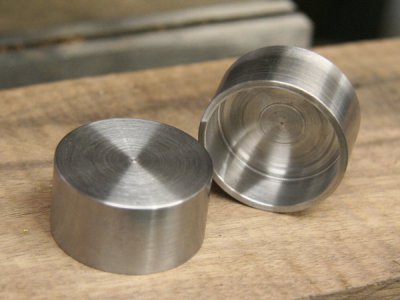
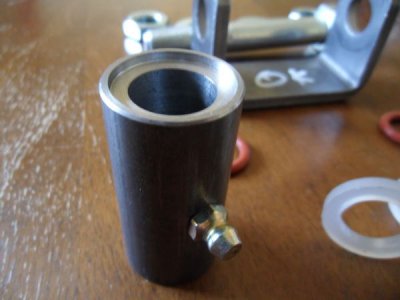
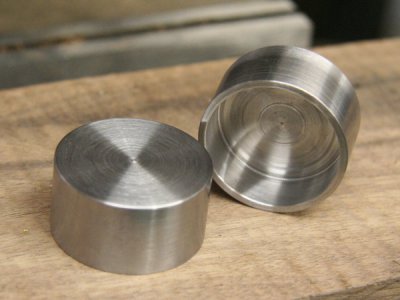
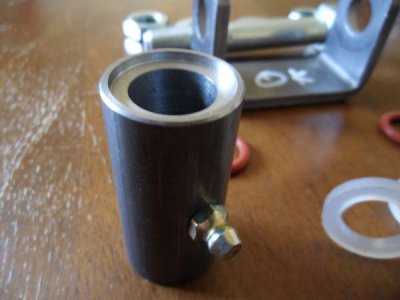
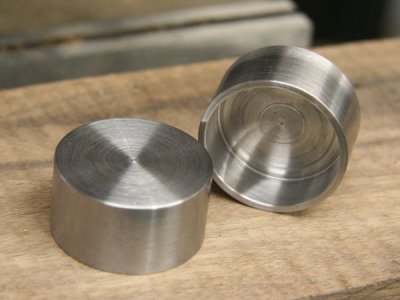
Very simple and basic question here.
I was just wondering what the easiest or most effective way to turn a shoulder or hollow out the end of part to look something like either of the following pictures.


take note, material is either aluminium or mild steel and the maximum OD is 2 inches, so the part is small. The first image has a diameter of .900" on the inside of the shoulder.
thanks, little_sparky










Last edited:

